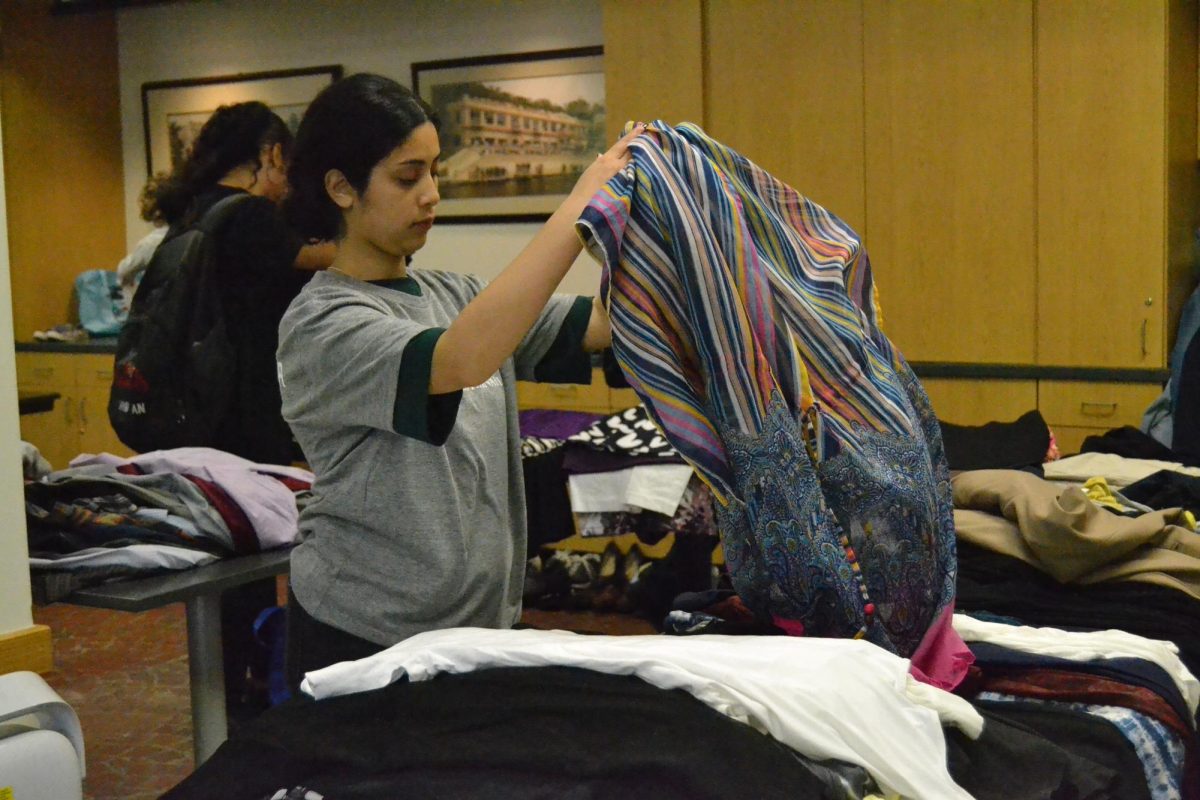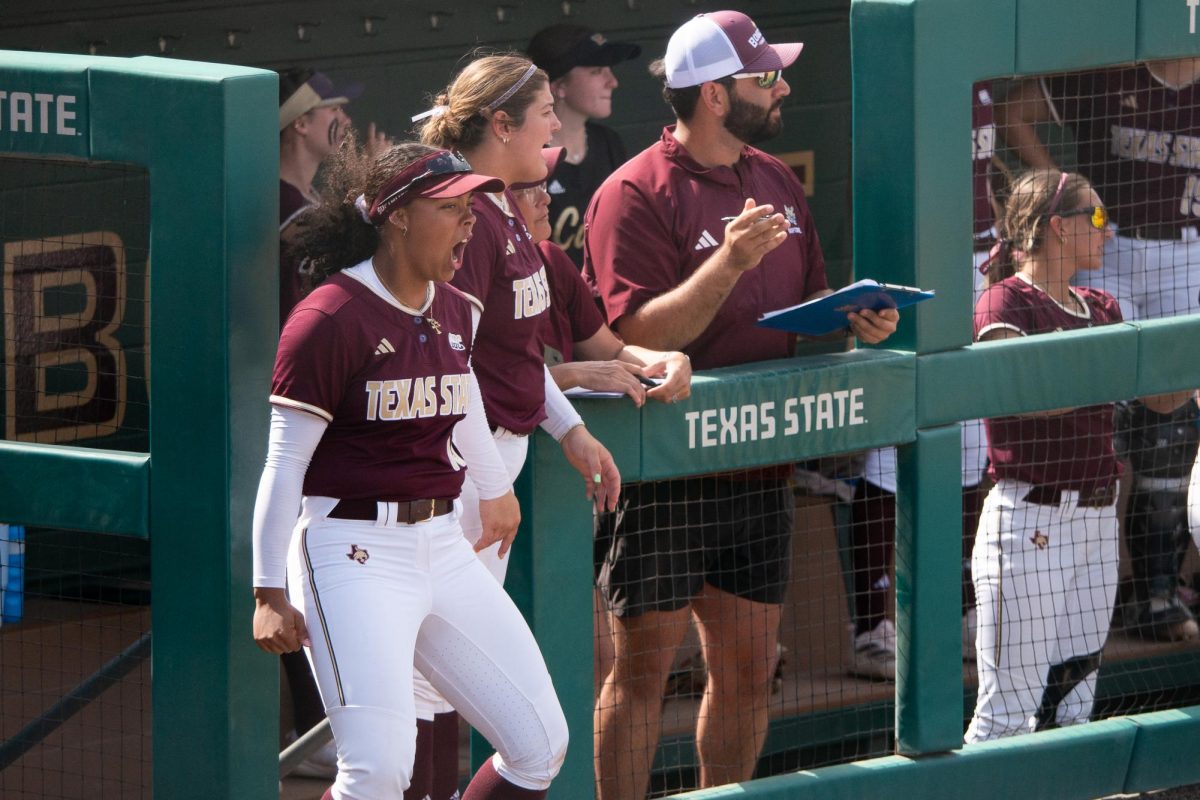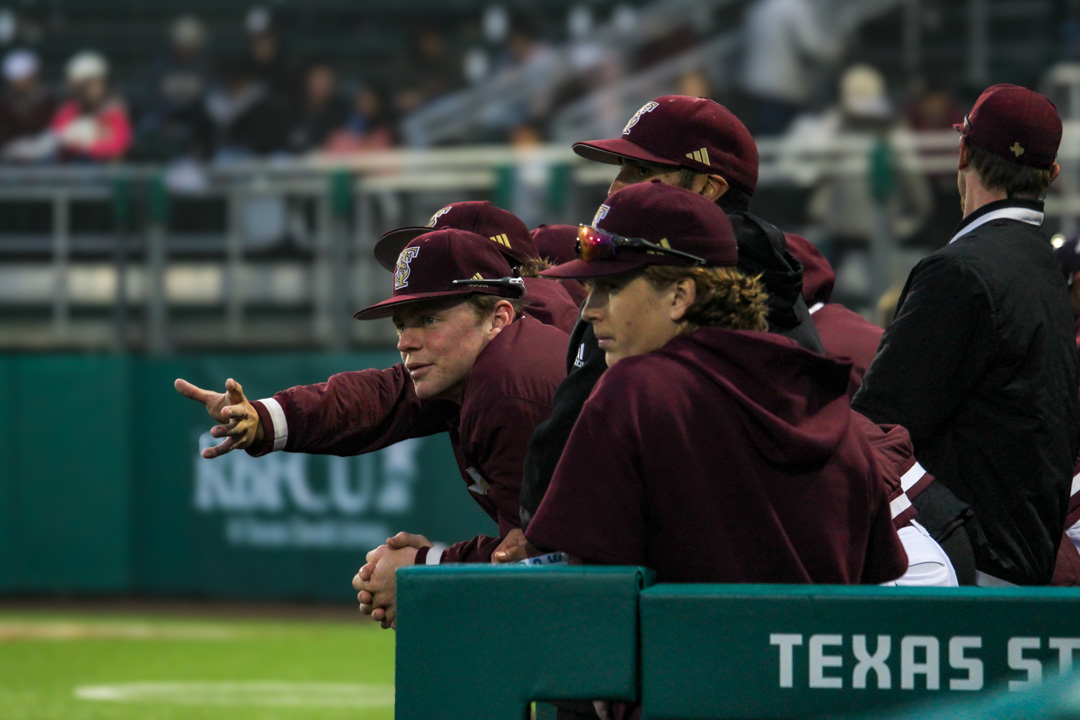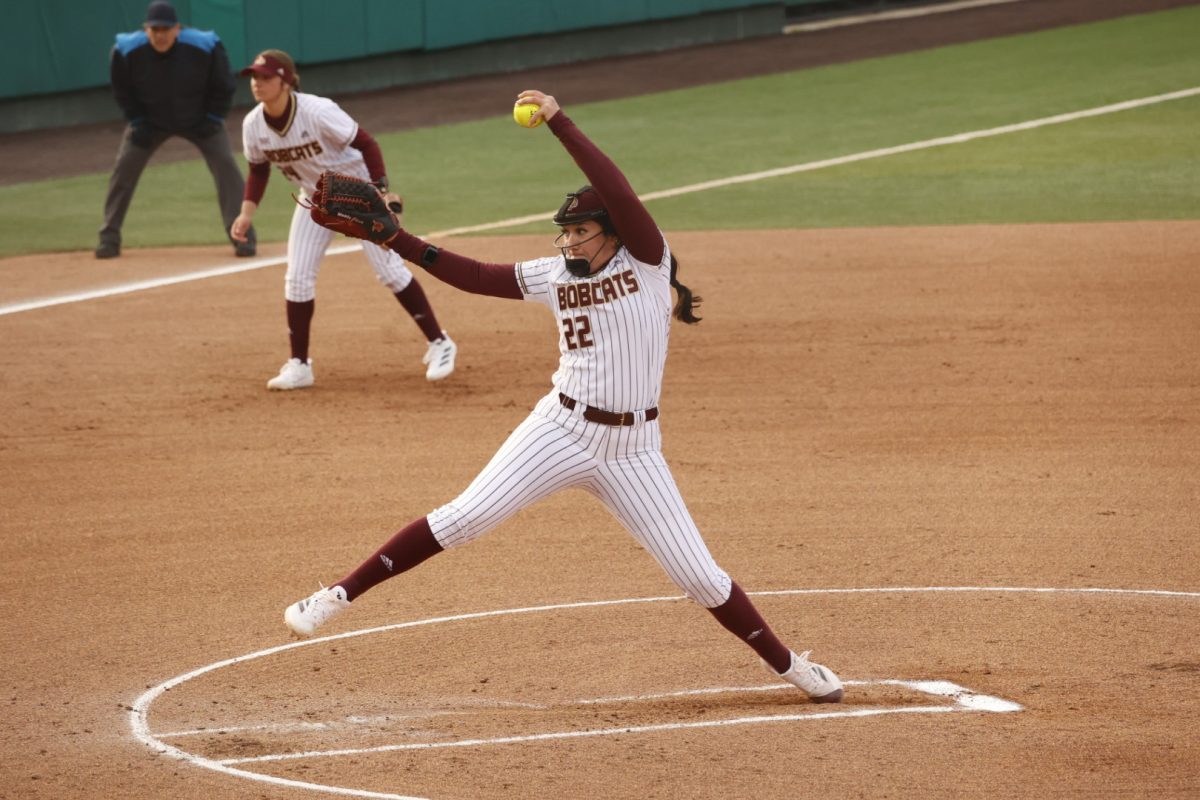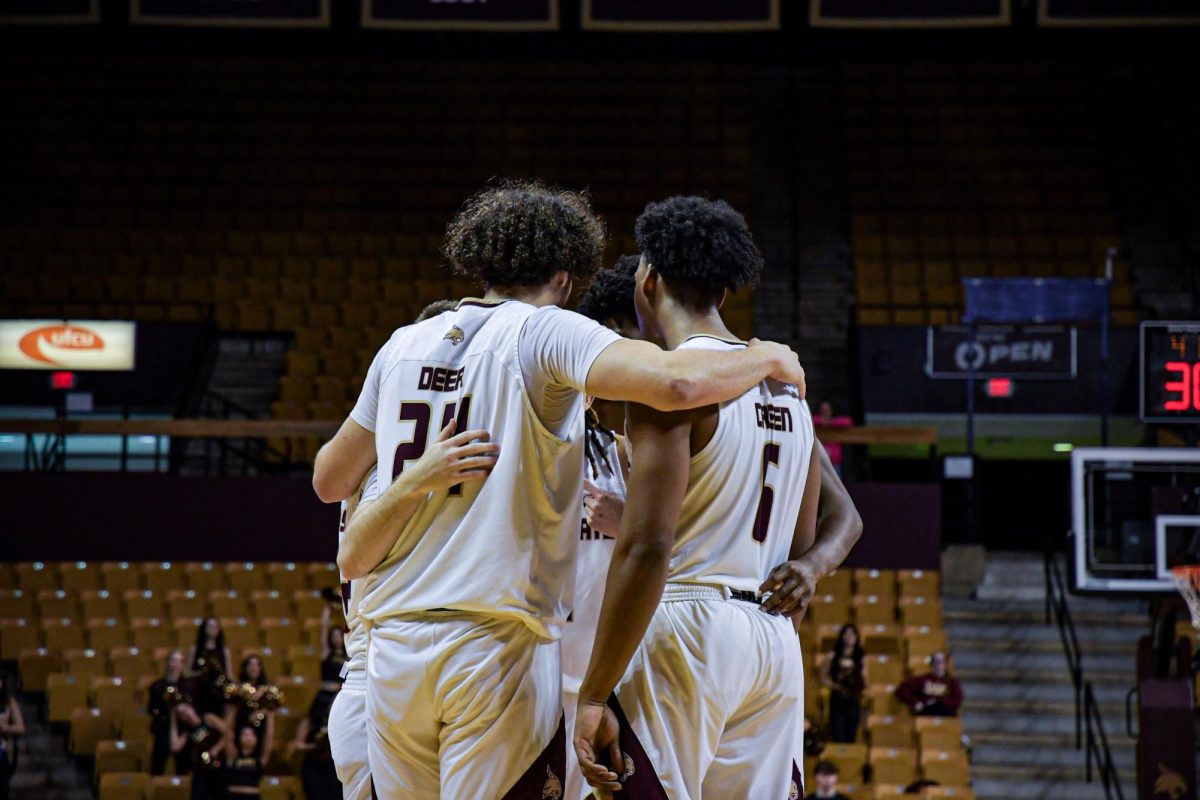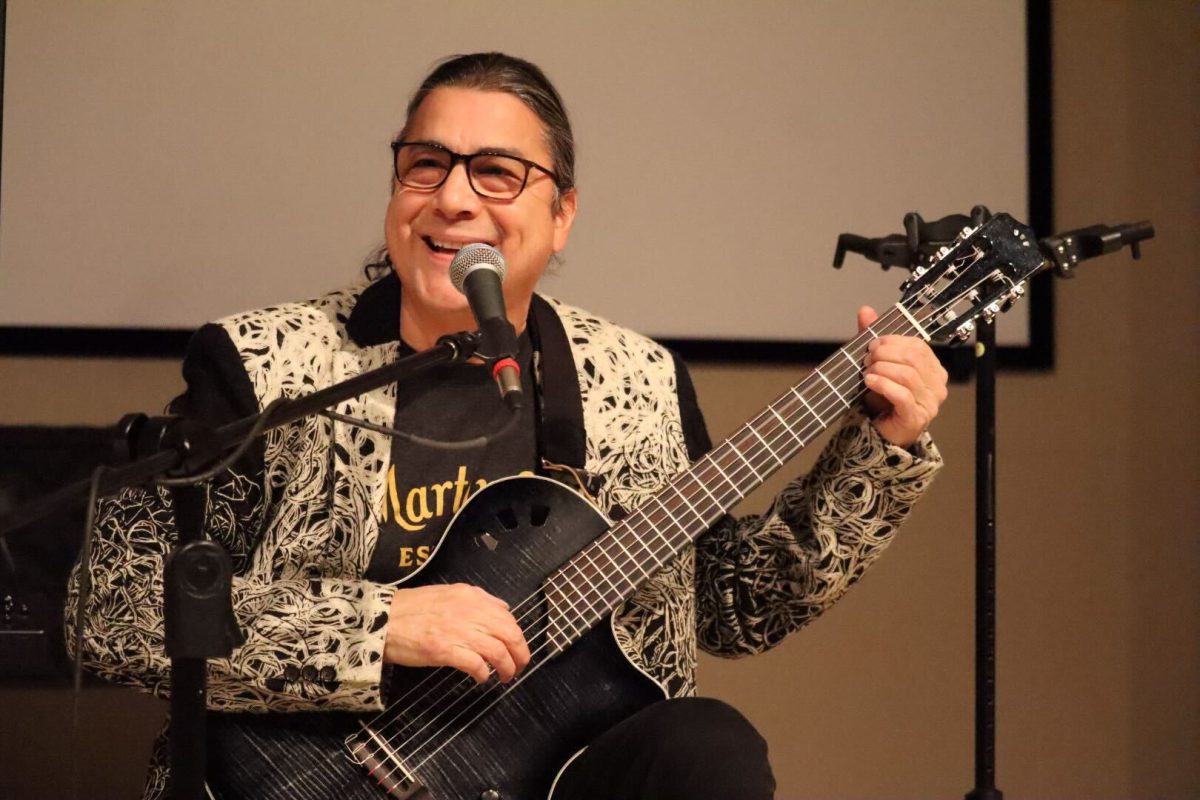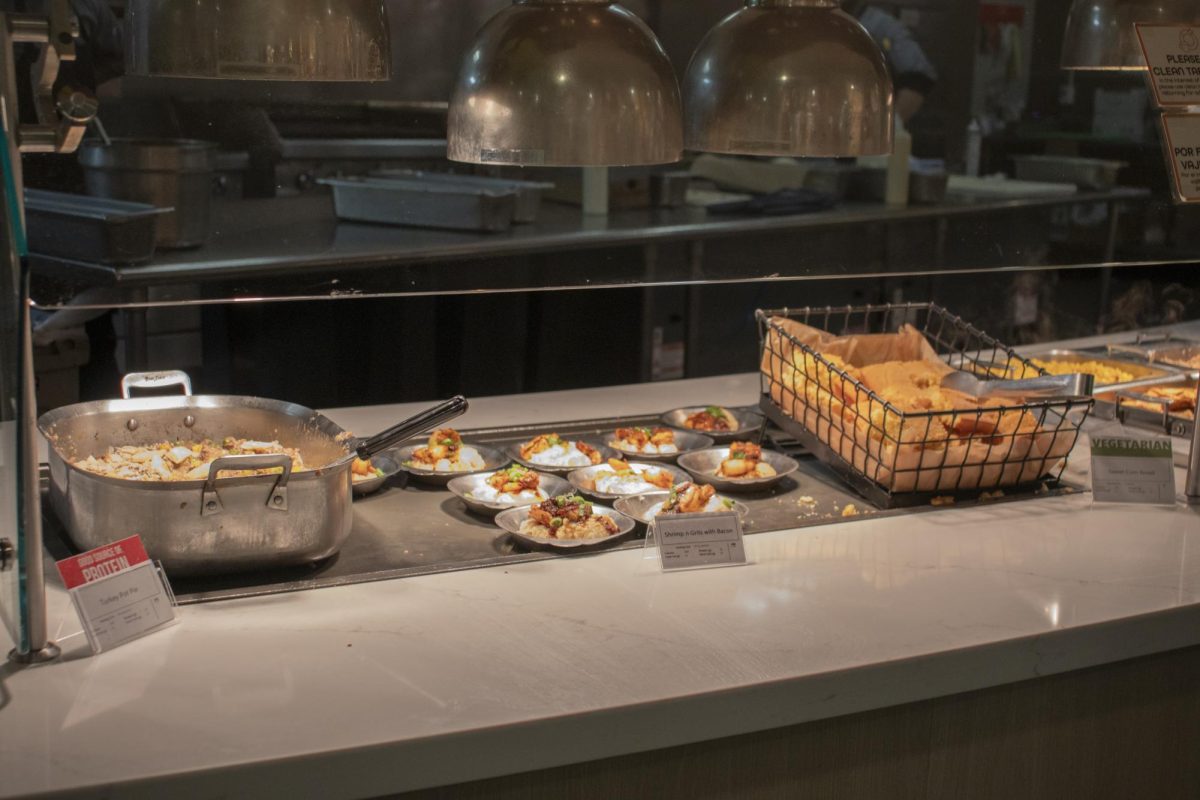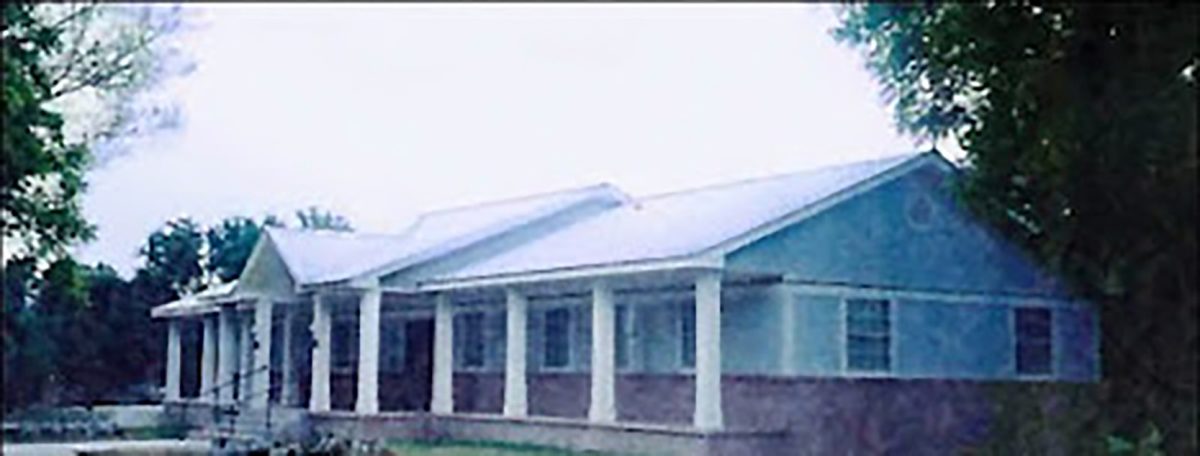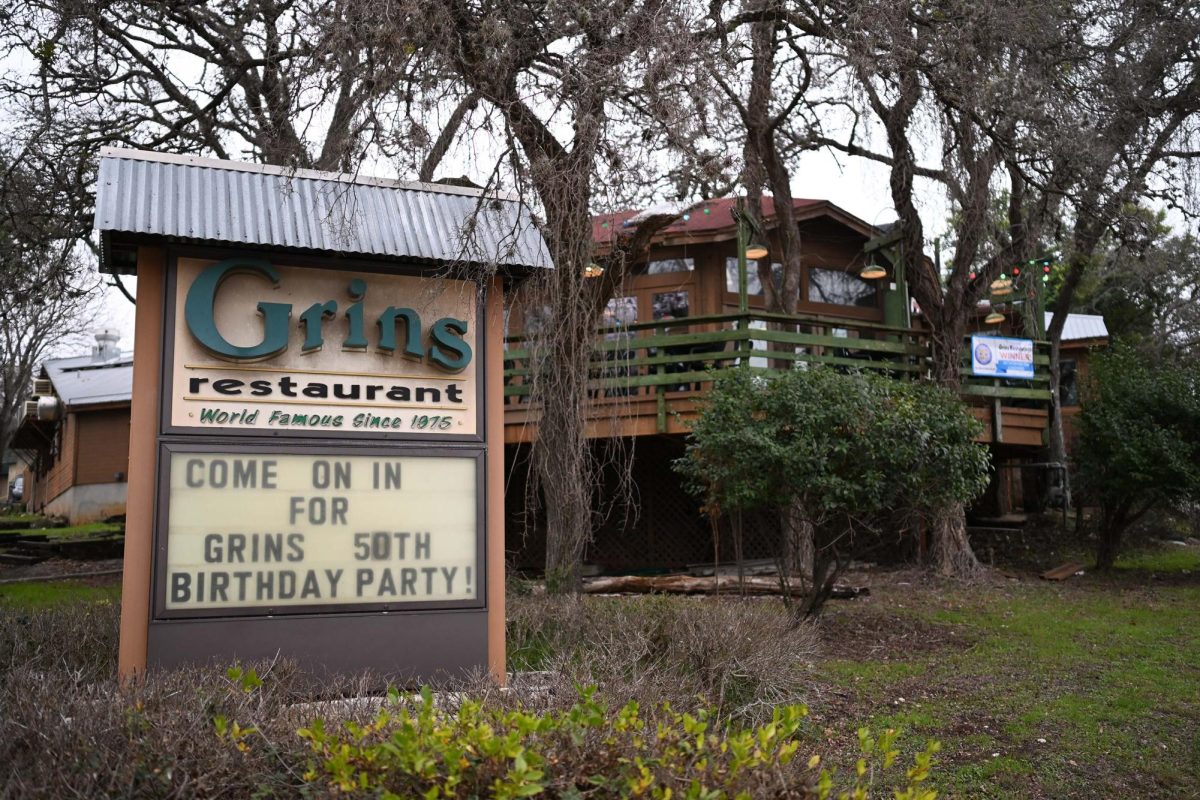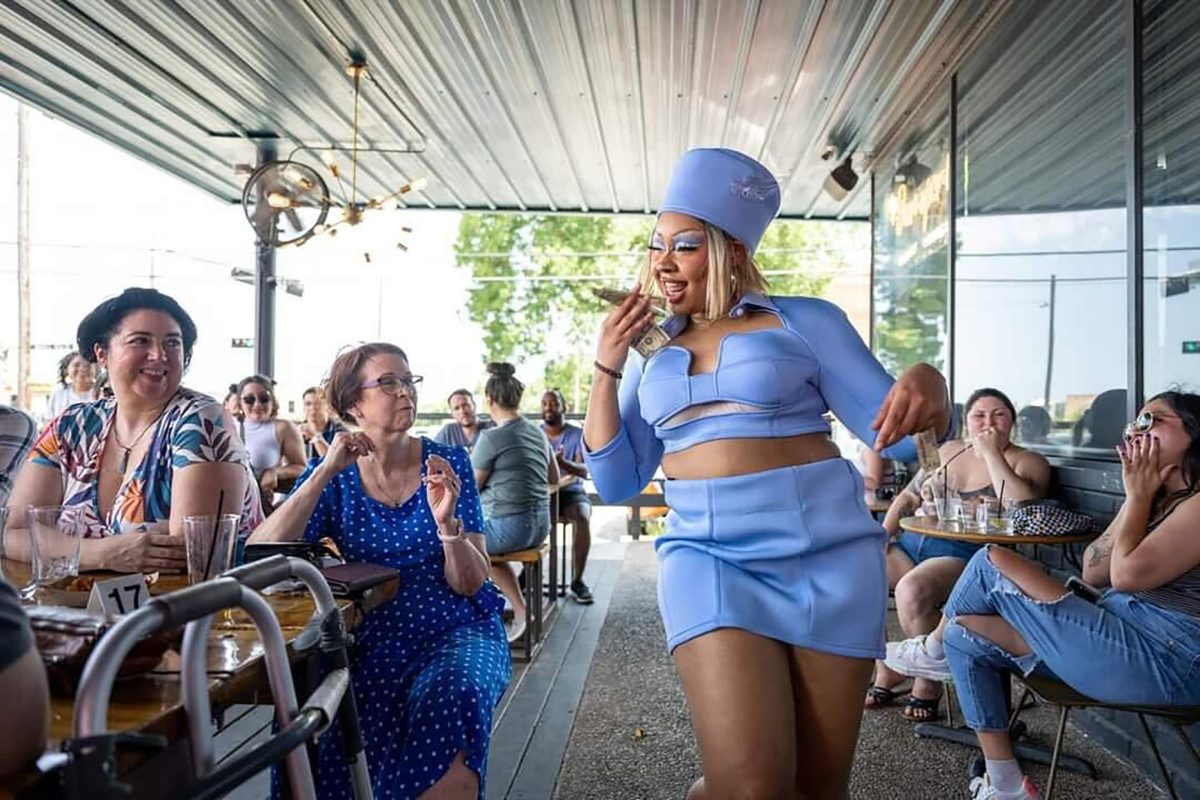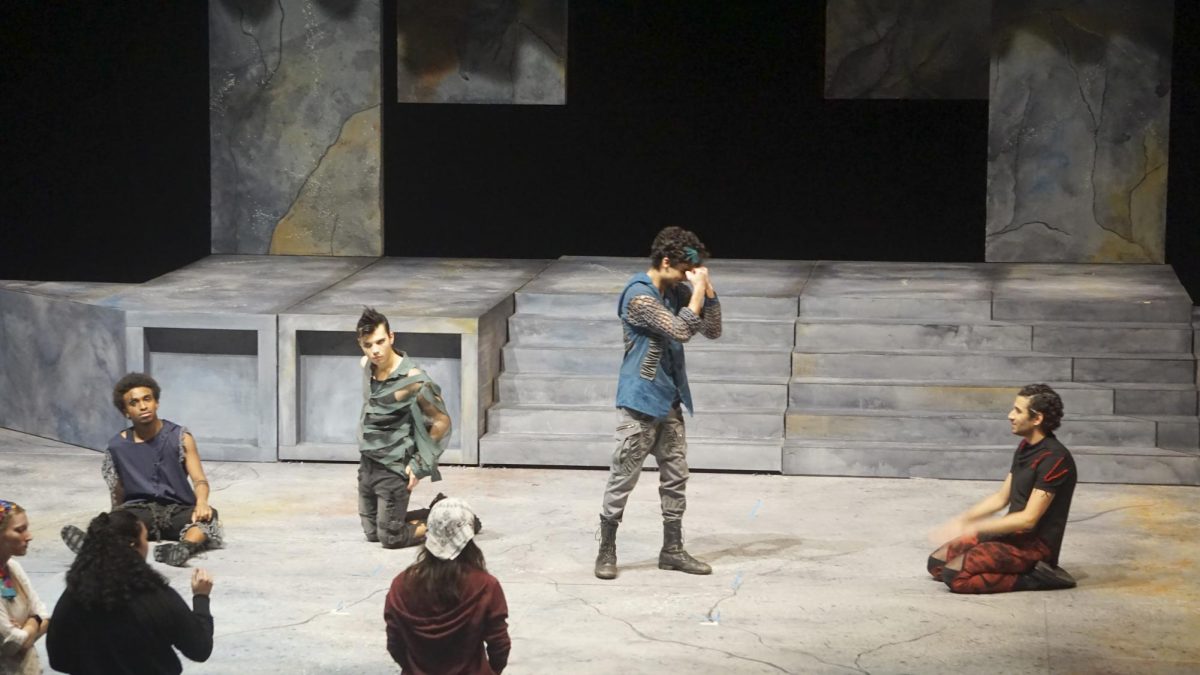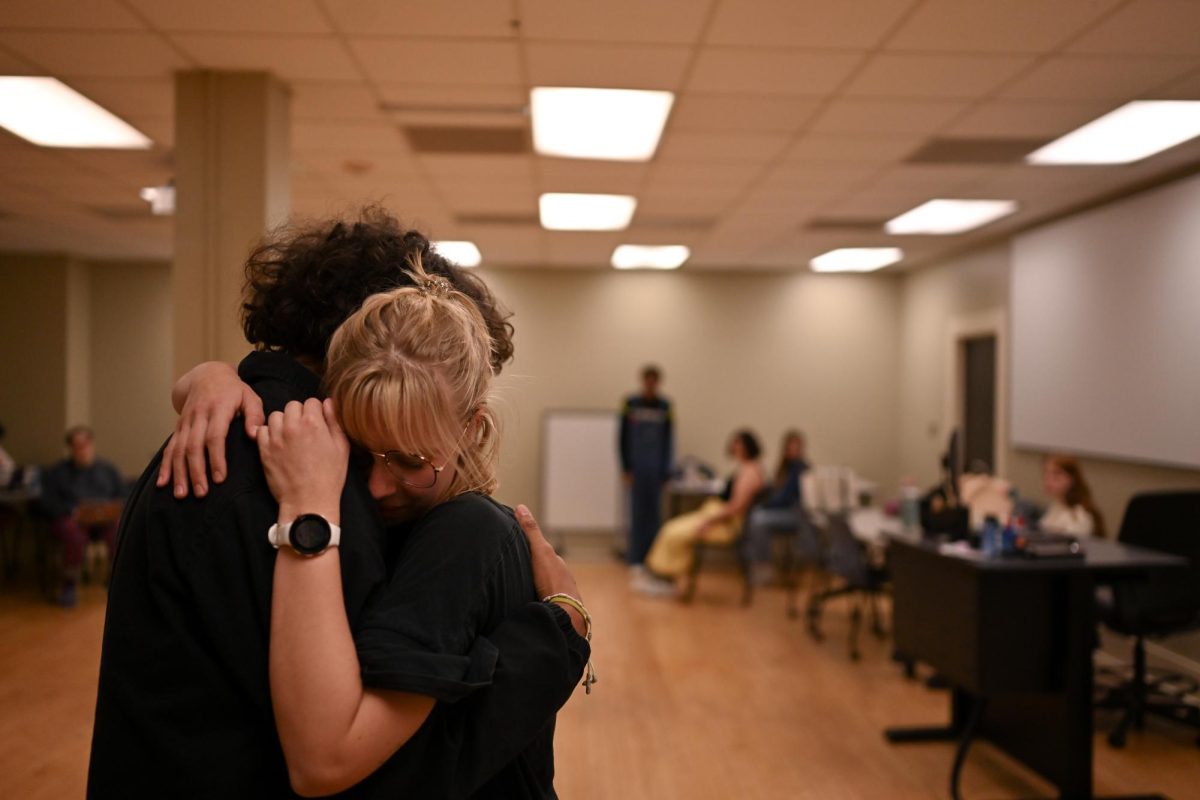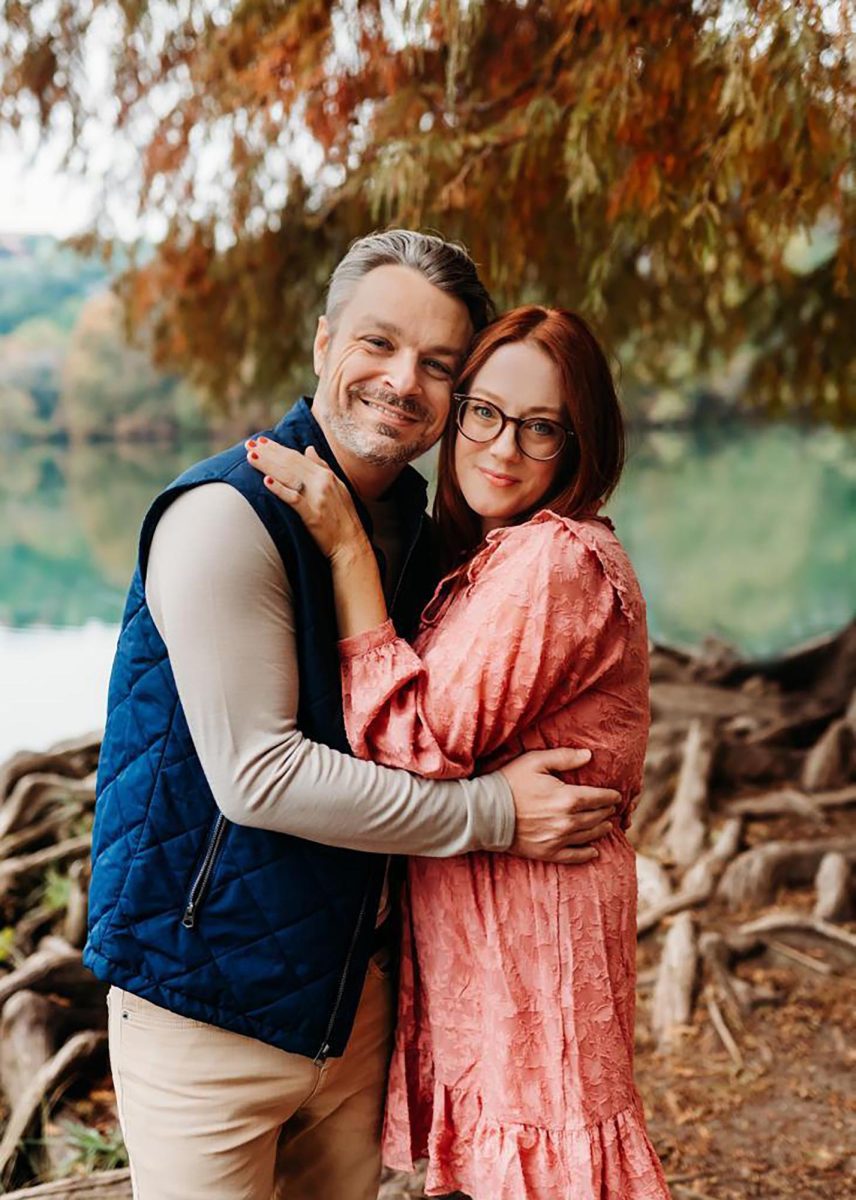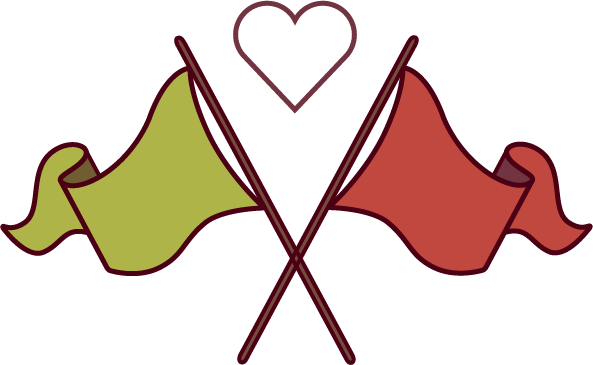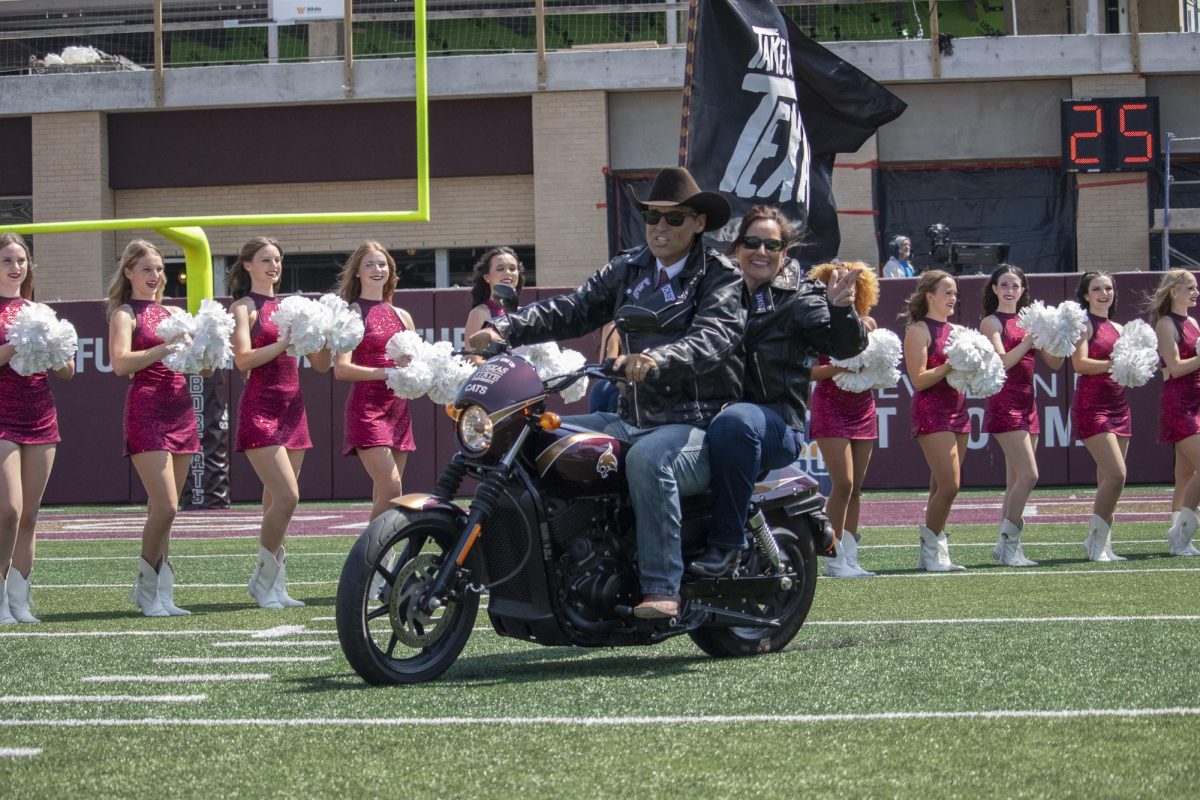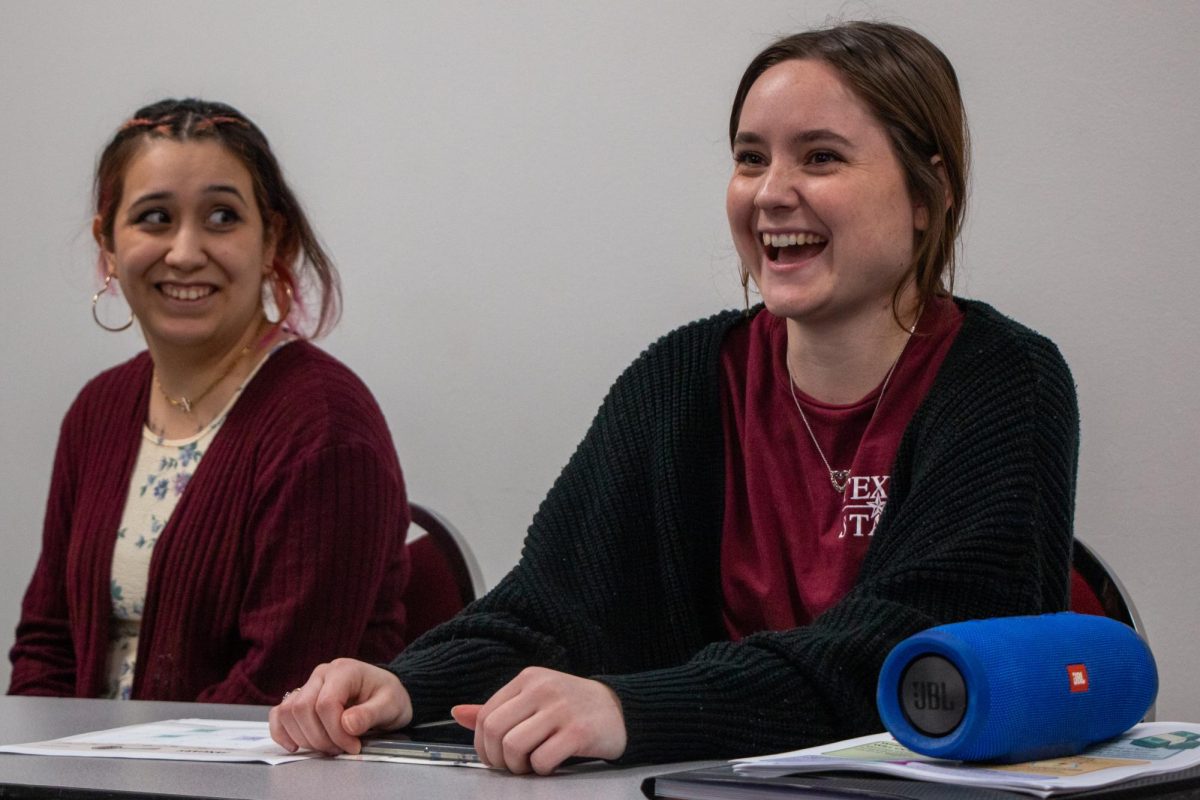The Meadows Center hosted the 11th Annual Earth Day Festival to honor the unique environment of San Marcos and to bring awareness to sustainable practices in residents’ daily lives.
From 10 a.m. to 4 p.m. on Saturday at Spring Lake, the festival housed over 40 vendors and served as a way to connect students and residents to the local environment, according to Miranda Wait, deputy director of Spring Lake at The Meadows Center.
Wait said the event was in the works since last year and was planned with one common goal: to connect both city residents and Texas State students with the environment they live in.
“There’s not a lot of community events in San Marcos that include the university and the city,” Wait said. “When you think of the San Marcos River, it doesn’t just go through the university or just through the city; we’re all responsible for it.”
At the beginning of the festival, the Indigenous Cultures Institute blessed the river. According to Bobbie Garza-Hernandez, member of the Miakan-Garza Band of the Coahuiltecan and community pilam for the Indigenous Cultures Institute, the river is a sign of life for the tribe and treating it with respect is crucial for their culture.
“We are the stewards of the river, without water humanity cannot exist,” Garza-Hernandez said. “So we believe that it is our responsibility to be good stewards of not only the land but especially the river because it’s our water and making sure our generations down the line can continue to exist.”
According to Garza-Hernandez, the Indigenous Cultures Institute is working on building a community building right by The Meadows Center and wants residents and students to be aware of the Indigenous community that occupies San Marcos. Garza-Hernandez said the institute’s goal of the event was to bring awareness to the community about the sacred nature of the river.
Courtney Lyons-Garcia, parks & trails specialist for the Great Springs Project said the purpose of Earth Day is to connect the community with the environment they live in.
“[The goal is] making sure the community understands the big gifts that they have and to create an environment in the community that wants to protect them,” Lyons-Garcia said. “Getting all of these amazing organizations out that do different things to help and showing the community how they can be a part is critical to move forward.”
San Marcos is situated in a unique area of Hays County, adding to the importance of Earth Day for residents and students, Wait said.
“We’re on top of the Edwards Aquifer which provides drinking water to over 2 million people,” Wait said. “We are on a body of water that has species that are endemic to it and rely on it that are found nowhere else in
the world.”
Wait said some students can feel disconnected from the natural resources San Marcos houses, making it harder to be aware of the environment and the impacts humans can make. She said the event was successful in building that connection for residents and students alike.
“You can’t beat a place like this,” Wait said. “Getting close to the source of the springs, … and I hope that having events like this increase accessibility to people who think that there’s barriers to getting out here.”
According to Wait, the clothing swap is a new addition to the festival that’s in collaboration with the Office of Sustainability. From April 1, the Office of Sustainability collected clothing donations and brought them to the festival where attendees could swap clothes instead of buying new ones.
Dillon Gee, a biology sophomore, volunteered at the festival and worked with the clothing swap. Gee said the swap saw success and achieved the goal of promoting sustainability in the clothing industry.
“Fast fashion has been something that’s been growing in the past few years,” Gee said. “Anything that promotes sustainability in the clothing industry is always good.”


